The Boeing 767-400ER is the largest version of the popular 767, typically seating around 243 passengers. With a range of 10,415km, it was designed to replace the Douglas DC-10 and Lockheed L-1011 TriStar at certain airlines.
First flying on 9 October 1999, it entered service with Continental Airlines on 14 September 2000. The only other airline to order the aircraft was Delta Air Lines.
Boeing 767-400ER Video
Following on from the last video about the Boeing 757, this time we stay in Seattle and look at the Boeing 767-400ER. The video below runs for just under seven minutes and gives a good overview of this aircraft type.
There were quite a number of differences between this version of the plane and the previous ones. In the interim period, Boeing had introduced the Boeing 777, so a number of features were carried across to the new jet, such as the flight deck arrangement and landing gear.
Power is provided by a pair of General Electric CF6 or Pratt & Whitney PW4000 turbofans, which is in line with the other aircraft in the series. Rolls-Royce did not offer an option on the -400ER.
A good way to tell the aircraft from other 767s is the presence of raked wingtips. These add to the wingspan and improve efficiency of the airfoil, which is always a good thing.
Overall Thoughts
There were just 37 Boeing 767-400ER aircraft produced between 2000 and 2002, with 16 for United Airlines (who merged with Continental Airlines) and 21 for Delta Air Lines. Today they remain the only two airlines using this airliner.
Since they are around 20 years old, it is unlikely they will be around for too much longer. Anyone wanting to get on one for a trip should probably make a point of doing so sooner rather than later.
Have you flown on board a Boeing 767-400ER before? What was it like? Thank you for reading and if you have any comments or questions, please leave them below.
Enjoying the series? Check out the index to all the “Does Anyone Remember…” articles.
Flight reviews your thing? Mine are all indexed here.
Follow me on Facebook, Twitter and Instagram.
Featured image by Aldo Bidini on JetPhotos.com via Wikimedia Commons.


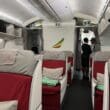
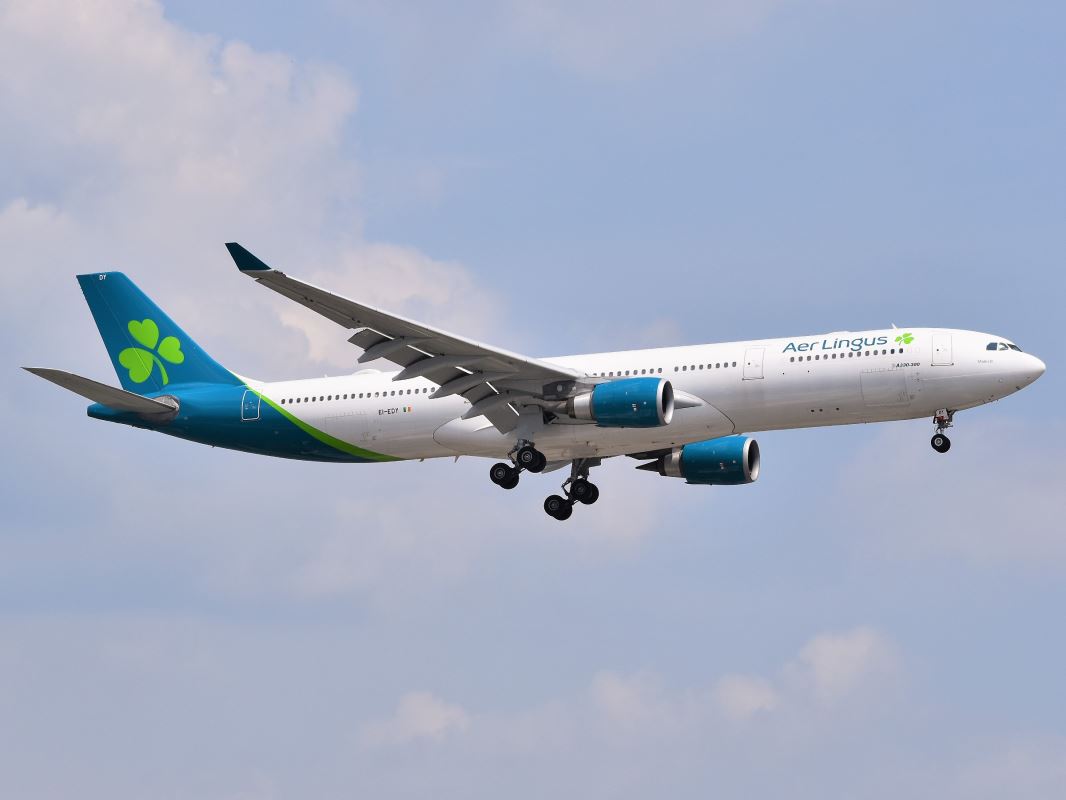
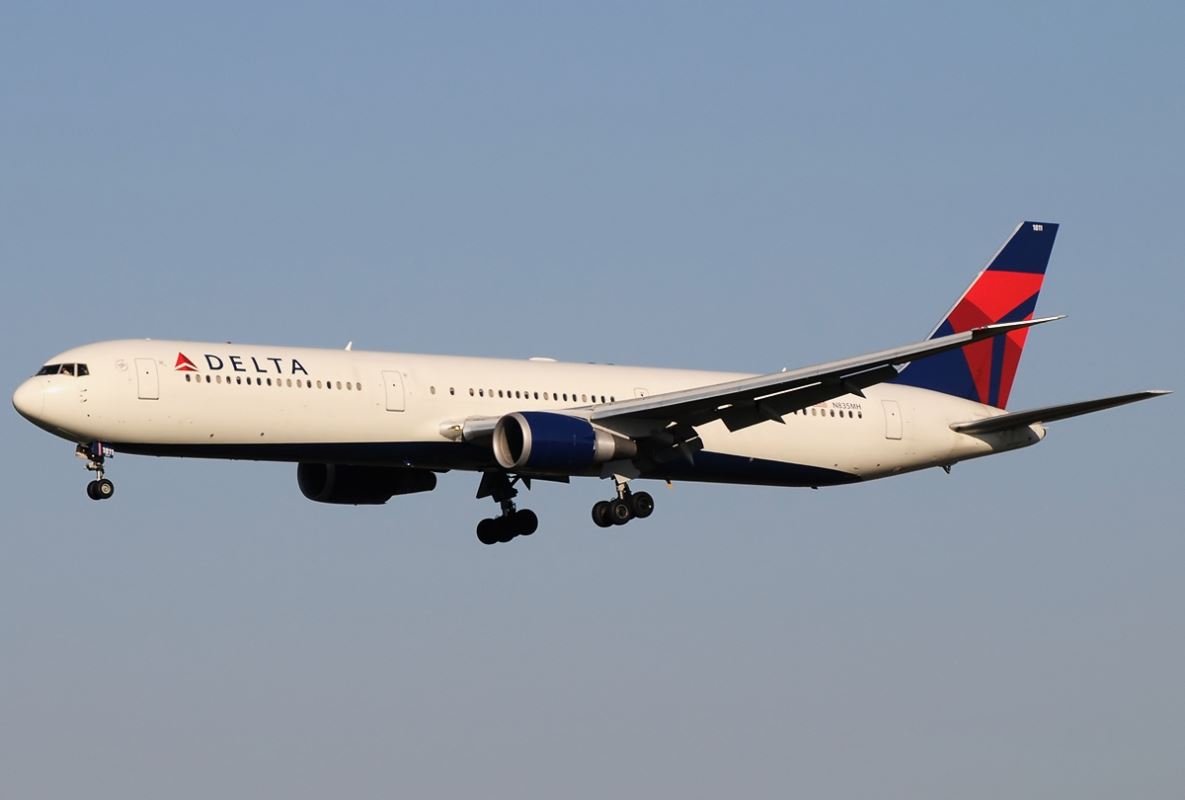



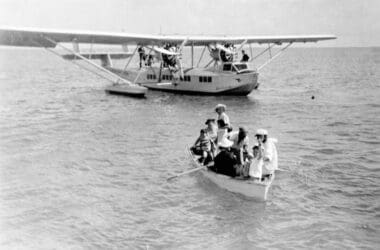
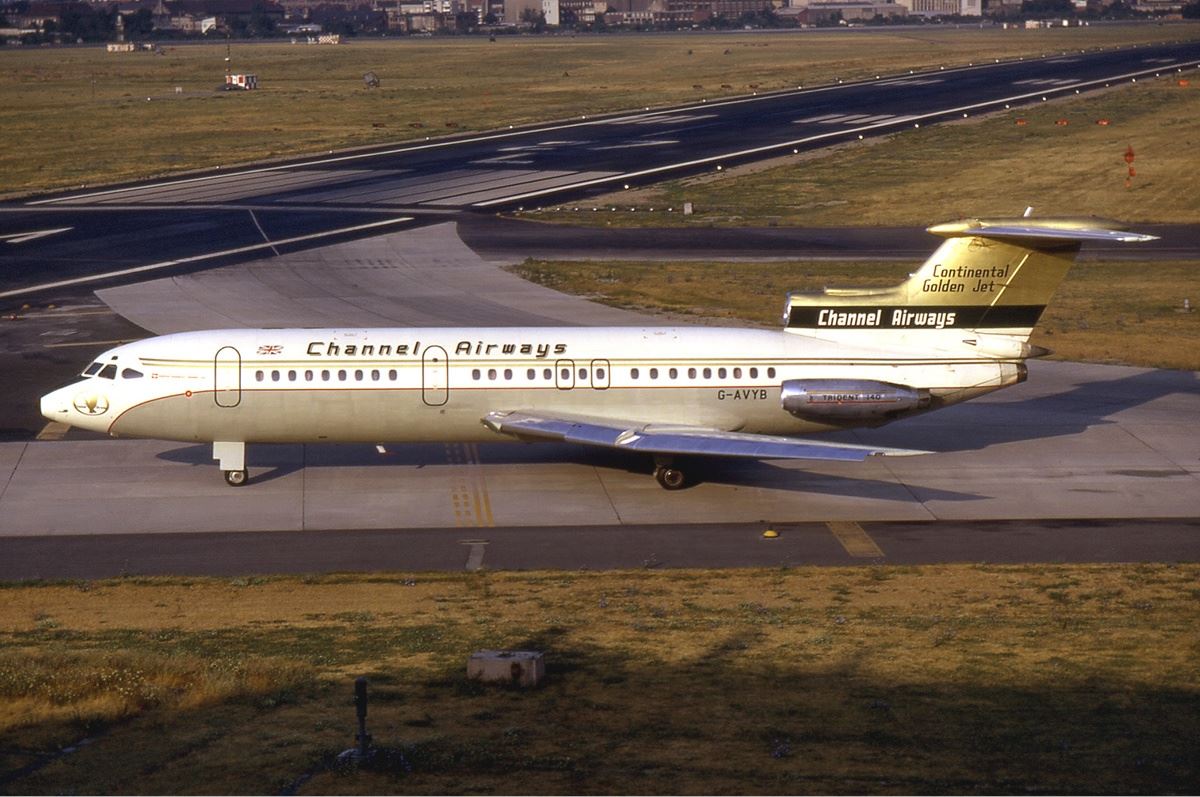


Flew a 76-4 just last week nonstop from LHR to ATL. The Delta One seats and cabin in general looked pretty beat up and used hard. Seat recline features and aisle side armrest did not work properly. Having come across the pond in a Virgin A330 I preferred their arrangement, service etc. The Virgin Upper Class lounge at Heathrow…amazing!
I’ve heard that Virgin Atlantic lounge at Heathrow is pretty amazing. Never seen a bad review of it actually! Nice that you were on one of these aircraft recently. I think seats looking used and bruised is happening more frequently at the moment as airlines get back to normal. Hopefully it’s just a short term thing. Thanks for the comment!
Flew on 764 in 2012 BOS/LHR/BOS. At that time DL used only the 767-400 on their routes from London. Business Class was quite comfortable.
Very good to hear!
“Does anyone ever remember” – this is one of Delta’s better planes, I have flown it domestically and internationally recently (most recent trip was in July), and I am scheduled to fly it twice in the first half of next year. Delta has recently retrofitted the plane with great interiors. Its a nice plane.
Everyone is really giving it a good review, which is nice to see. With new interiors it must be very nice. I’m going to have to do my best to get on board now!
It’s more accurate to say that they were made for Continental, which merged with United, rather than the other way around. Continental, not United, ordered and took delivery of the 767-400ERs.
True, and the second paragraph does state that Continental and Delta were the only airlines to order them, with CO putting them into service first.
Failure isn’t really justified
Boeing catered to the needs of two big customers much as it did with the 757 300 with low cost extensions – and they’re all in service today
Also note the 767 fit normal narrowbody gates, while the 777 and other widebodies did not, a factor for the domestic heavy missions Delta initially scoped for the aircraft
Yes, the 767 was good for that reason, a widebody that fit narrowbody gates and so on. I miss them in service as they were always great to fly on.
I flew on a 764 on United from IAD to HNL in business class. It was a comfortable cabin and I quite liked the 2-1-2 configuration.
I did the same from IAD to SFO. I recall that the plane was remarkably quiet.
Perfect aircraft for transcontinental flights really.
I’ve always found the 767 to be quiet up front. It must be more pronounced on the 764 as it’s longer. Great that you got to experience it!
Much like the 757-300, the 764 was possibly a stretch too far, and too late in their respective programs. The 763 is the basis for a USAF tanker so technically still in production. Never got on a 764 (763 a few times) but it really did come in handy for DL, they would run those beasts in the TATL off season from ATL to several Florida cities due to winter demand. A pretty flexible plane for Delta in that regard, and good L1011 replacement in that regard.
Yes, I agree, definitely far too late in production run. Completely right for UA/CO and DL with regards to what it was replacing. I’d love to get on one sometime, but it’s not looking likely.
I have been a passenger aboard a Delta 767-400ER. I don’t consider this type to be a failure. After all, Boeing might have earned $3 billion from the sales of the plane and who knows how much has been spent in parts since then? Many of the things that distinguish the -400ER from the -300ER has been used somewhere else, like in 777 design. Other aircraft have also had only a few made, such as the Boeing 757-200 Combi, Douglas DC-9-20, Boeing 747-200 SUD (stretched upper deck).
What was really a failure was when one model sold only a few copies, such as the 11 Dassault Mercure or the few VFW-Fokker 614 built.
I’d be curious to see if they got their money back from just 37 examples. It is one of the lowest selling Boeing variants ever – I can only think of the Boeing 737-100 as having sold less. Comparing it to a DC-9-20, which was made specifically for Scandinavian Airlines, is like comparing it to the Boeing 707-138 made specifically for Qantas – not really a proper comparison. The 767-400 was a standard aircraft in the Boeing lineup, not a custom design for one carrier. I’m sure it’s a very good aircraft and it’s worked well for Delta and United, but even still, it’s a tiny production run.
Some low production variants include:
757-200 Combi – 1 – but the engineering for the cargo door was later re-used to design the 757PF, a very popular model for UPS and others
737-600 – 69
737-200QC – not very many. Alaska Airlines had a few.
747-300 – 81. Of these, only 21 747-300 Combi models and only 4 747-300SR (short range).
747SP – 45. This might have been a worse failure than the 767-400ER because the engineering needed for a shrink of this magnitude was greater. Look at the tail, both the vertical stabilizer and the fuselage under the vertical stabilizer. Both are different from the 747-200.
Yes, those two 747 variants were on my mind when I was thinking about it, especially the SP. It’s good to have some rarer aircraft out there, but still curious as to whether they made money or not. Some are clearly simpler than others, of course.
The title implies this aircraft is no longer in service and is from a long time ago. I just flew in on from LAX to JFK two months ago. Delta flyers who fly transcon frequently have this aircraft as part of their current consciousness. The fuselage doesn’t provide as much headspace as a 777 or 787, but it still gets the job done, especially in DeltaOne or Premium Select.
Of course, the entire series starts off with “Does anyone remember…” – and since there are only 30 odd left in the world, it’s a rare aircraft for anyone outside of the USA. Even then, it’s not exactly a common aircraft. Sounds like a decent enough on board experience, and a widebody is nicer than a narrowbody in some respects. Thanks for the comment!
…and I remember flying aboard the
L1011-1, L1011-100, L1011-250, L1011-500, 747-100, 747-200, 747-200 Combi, 747-200SUD, 747-300, 747SP, 747-400, DC-10-10, DC-10-30, DC-10-40. Nowadays, most airlines almost seem to only have the 737, A320, A350, 787, or 777. Almost boring.
It is almost boring, but it is what it is. I can only imagine what it was like in the 1950s and 1960s with various other manufacturers all contributing aircraft like Convair with the 880/990, Vickers and the VC10, not to mention all the turboprops and so on in service. It’s a shame it’s all come down to so few manufacturers these days!
I would have loved if the 767 was a more successful aircraft. I flown them on United and love that it just me in my wife next to each other. They are my prefer economy aircraft.
Oh it was very successful really, it’s just it was an aircraft designed in the 1970s that entered service in the early 1980s… these days, it’s on its way out. A shame, because I also like the economy configuration of 2 x 3 x 2. Thanks for the comment!
The 767 was quite successful – I recall that at one point it made more transatlantic crossings than any other aircraft type.
Correct, it was a success all over the world. Nothing wrong with the aircraft at all, just this variant sold particularly poorly. The 767-200/ER and -300/ER sold very well.